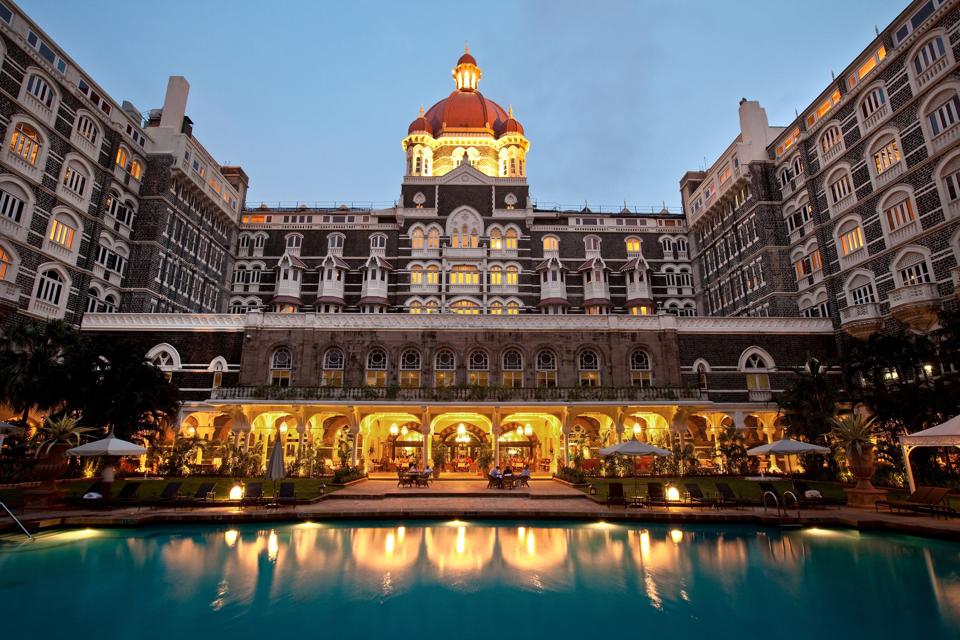
Welcome To Taj Hotel
Little Story
The construction of the hotel was commissioned by Tata. Its doors opened to guests on 16 December 1903. An oft-repeated story concerning the reasoning behind the construction of the hotel was Jamsetji Tata's refusal into the Watson's Hotel due to it being reserved for Europeans, but the validity of this has been challenged by writer Charles Allen, who wrote that Tata was unlikely to care about such a slight to the extent that he would construct a new hotel. Instead, Allen writes, the Taj was built at the urging of editor of The Times of India who felt a hotel "worthy of Bombay" was needed and as a "gift to the city he loved" by Tata.[12]
The original Indian architects were Sitaram Khanderao Vaidya and D. N. Mirza, and the project was completed by an English engineer, W. A. Chambers. The builder was Khansaheb Sorabji Ruttonji Contractor who also designed and built its famous central floating staircase. The cost of construction was £250,000 (£127 million in 2008 prices).
Between 1915 and 1919, work proceeded at Apollo Bundar to reclaim the land behind the hotel where the Gateway of India was built in 1924. the Gateway of India soon became a major focal point in Bombay.